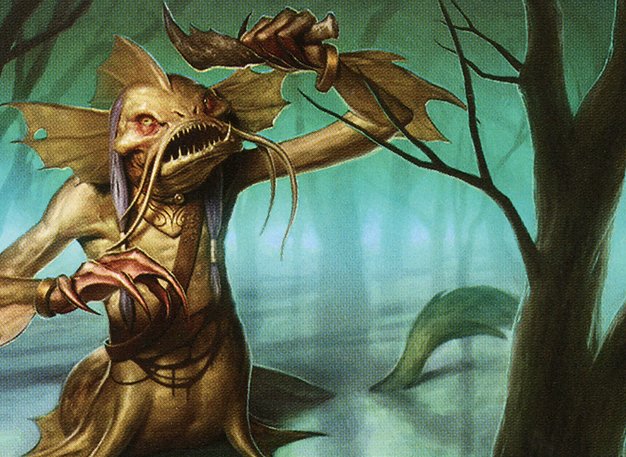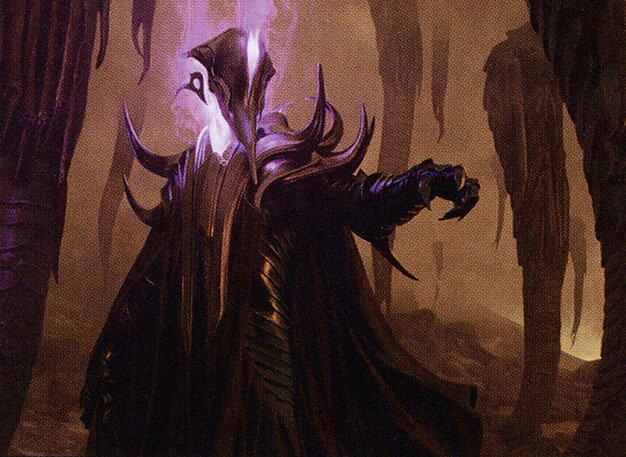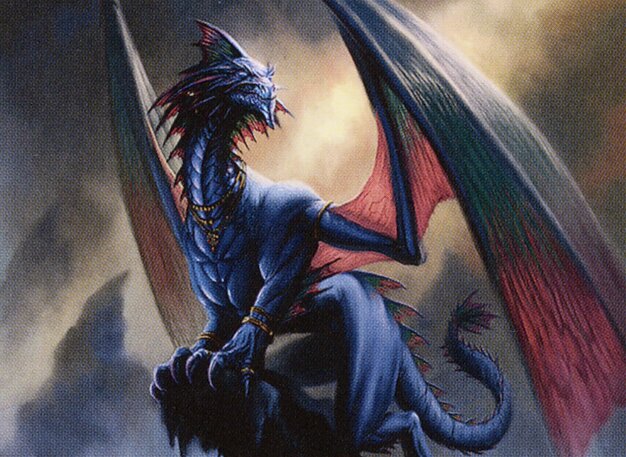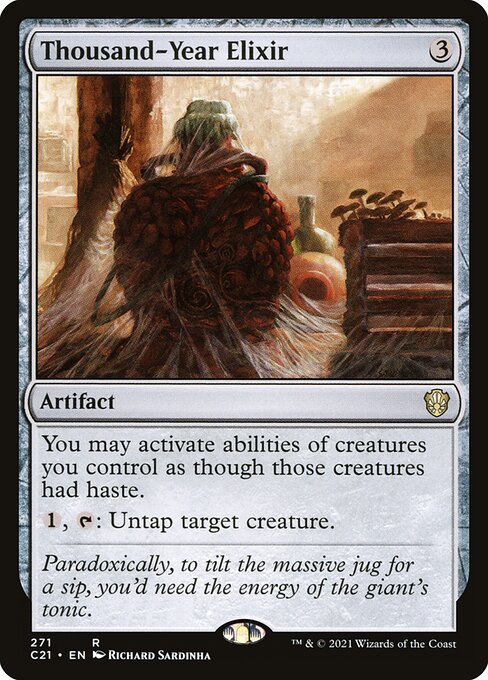Deck & Commander Strategies

Sygg, River Cutthroat
A tempo-driven rogue deck that uses equipment and efficient creatures to disrupt opponents and deal incremental combat damage.

Extus, Oriq Overlord // Awaken the Blood Avatar
A unique sorcery commander strategy focusing on creating numerous non-legendary Blood Avatar tokens to overwhelm opponents with board presence.

Feldon of the Third Path
An artifact recursion deck that animates artifact creatures like Wormcoil Engine to build a resilient and recurring board state.

Intet, the Dreamer
A high-cost, big creature strategy that reduces spell costs and plays large threats efficiently, aiming for powerful value plays.
Gameplay Insights
- 1
Using Extus's sorcery commander side to flood the board with Blood Avatars capitalized on the non-legendary token rule, creating strong board presence without commander uniqueness issues.
- 2
Feldon's ability to return artifact creatures from the graveyard allowed continuous pressure through recursion of powerful threats like Wormcoil Engine.
- 3
Targeting the player with Intet, who plays big creatures, was a strategic choice to prevent the deployment of large threats that could swing the game.
- 4
Utilizing utility lands like Cavern of Souls to ensure creature spells resolve smoothly was key to maintaining tempo.
- 5
Cycling cards and equipment like Swiftfoot Boots helped maintain flexibility and protect key creatures from removal or blockers.
Notable Cards
-

Swiftfoot Boots
-

Thousand-Year Elixir
-

Fabled Passage
-

Temple of Abandon
Gameplay Summary
The game featured a diverse set of commanders with unique strategies, leading to an intriguing multiplayer dynamic.
The early game involved ramping and setting up board presence, with players playing lands and deploying creatures like rogues and knights to establish tempo.
Notably, one player used Extus, Oriq Overlord's sorcery side to flood the board with Blood Avatars, leveraging the non-legendary token advantage to pressure opponents.
Meanwhile, Feldon of the Third Path focused on generating value by animating artifacts such as Wormcoil Engines, aiming to create a resilient board state with recurring threats.
Sygg, River Cutthroat utilized a tempo-based rogue deck with equipment like Swiftfoot Boots to maximize combat effectiveness and disruption.
Intet, the Dreamer played a high-value big creature deck, aiming to reduce casting costs and deploy powerful threats through efficient ramp and card advantage. Key turning points included the deployment of multiple Merfolk and the use of recursion abilities by Feldon to maintain pressure.
The strategic targeting of Ken, the player piloting Intet, highlighted the social dynamic and threat assessment in multiplayer Commander games.
Players leveraged utility lands and card draw to maintain momentum, while tactical combat decisions shaped board control.
The game’s progression showed a balance between creature development and resource management, setting the stage for potential big plays from artifact recursion, token swarms, or large dragon threats.
The game concluded with players poised to exploit their unique synergies and execute their win conditions based on board dominance and card advantage.




















![Strixhaven $100 Budget Game!! Killian vs Extus vs Codie vs Rootha [EDH/Commander, MTG Gameplay] 2021 thumbnail](https://i.ytimg.com/vi/Sa5f7O-_nZU/sddefault.jpg)
![Toski vs Extus vs Yawgmoth vs Yuriko $100 Budget Game!! [EDH/Commander, MTG Gameplay] 2021 thumbnail](https://i.ytimg.com/vi/oFcIUZtuNc0/sddefault.jpg)
![Adrix vs Prosper vs Nicol Bolas vs Extus [EDH/Commander, Magic The Gathering Gameplay] thumbnail](https://i.ytimg.com/vi/8i3jxeUTpt4/sddefault.jpg)
![Liesa vs Queza vs Lord Xander vs Awaken the Blood Avatar [EDH/Commander, MTG Gameplay 2022] thumbnail](https://i.ytimg.com/vi/o6Ab9JyEkMw/sddefault.jpg)












![Commander VS S7E8: Wrexial vs Rakdos vs Zur vs Feldon [MTG] thumbnail](https://i.ytimg.com/vi/uShPuN5yal8/sddefault.jpg)

![Commander Versus Series: Deck Tech - Roon Vs. Feldon [Magic: the Gathering] thumbnail](https://i.ytimg.com/vi/p2hWuKl9X00/sddefault.jpg)







![Commander VS S6E8: Surrak vs Rhys vs Volrath vs Sygg [MTG] thumbnail](https://i.ytimg.com/vi/GIpfeqeSY3Y/sddefault.jpg)
![Commander Vs S2E7: Akroma & Akroma vs Sygg & Sygg [MtG: Multiplayer] thumbnail](https://i.ytimg.com/vi/p9zNX8lmBYA/sddefault.jpg)






